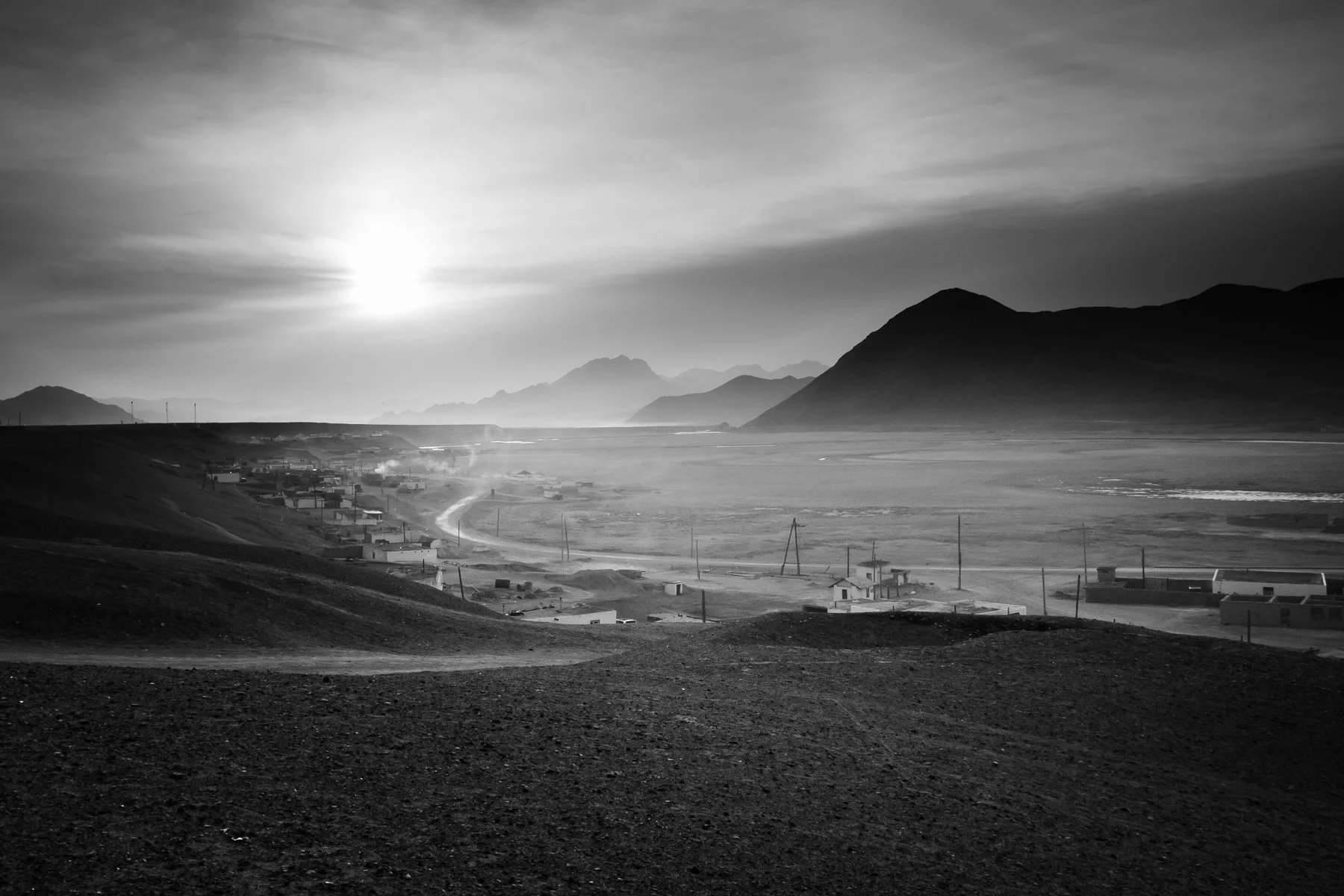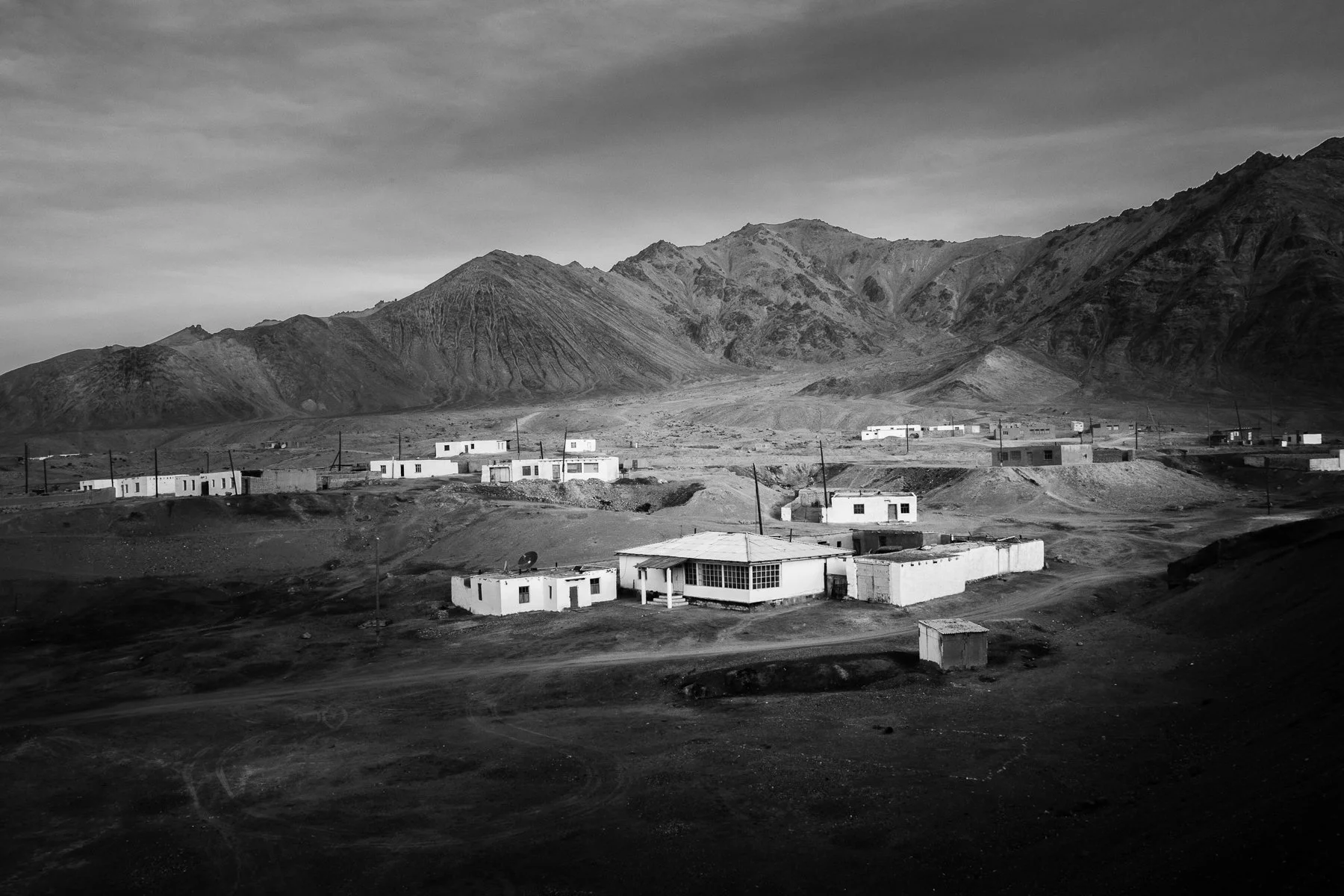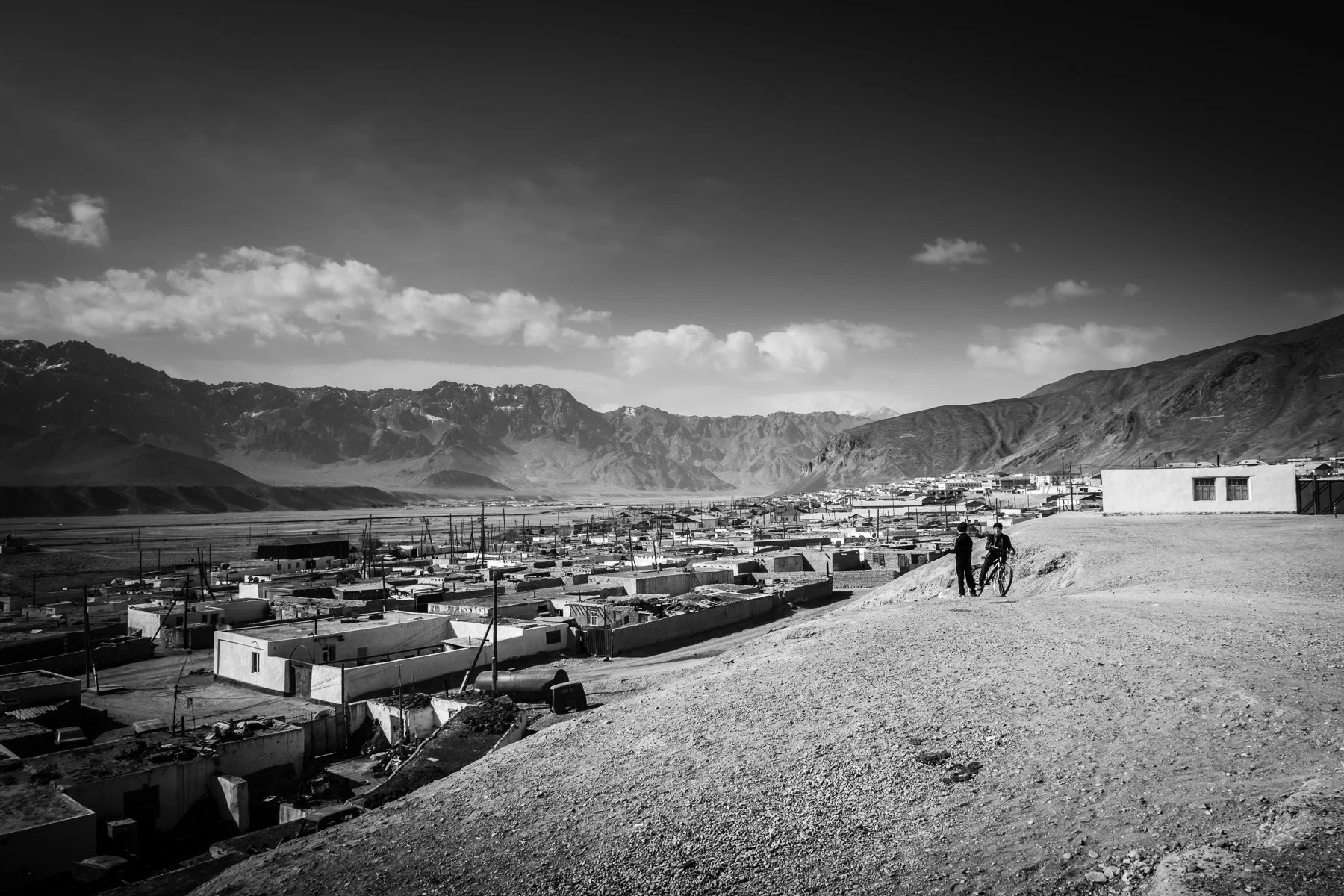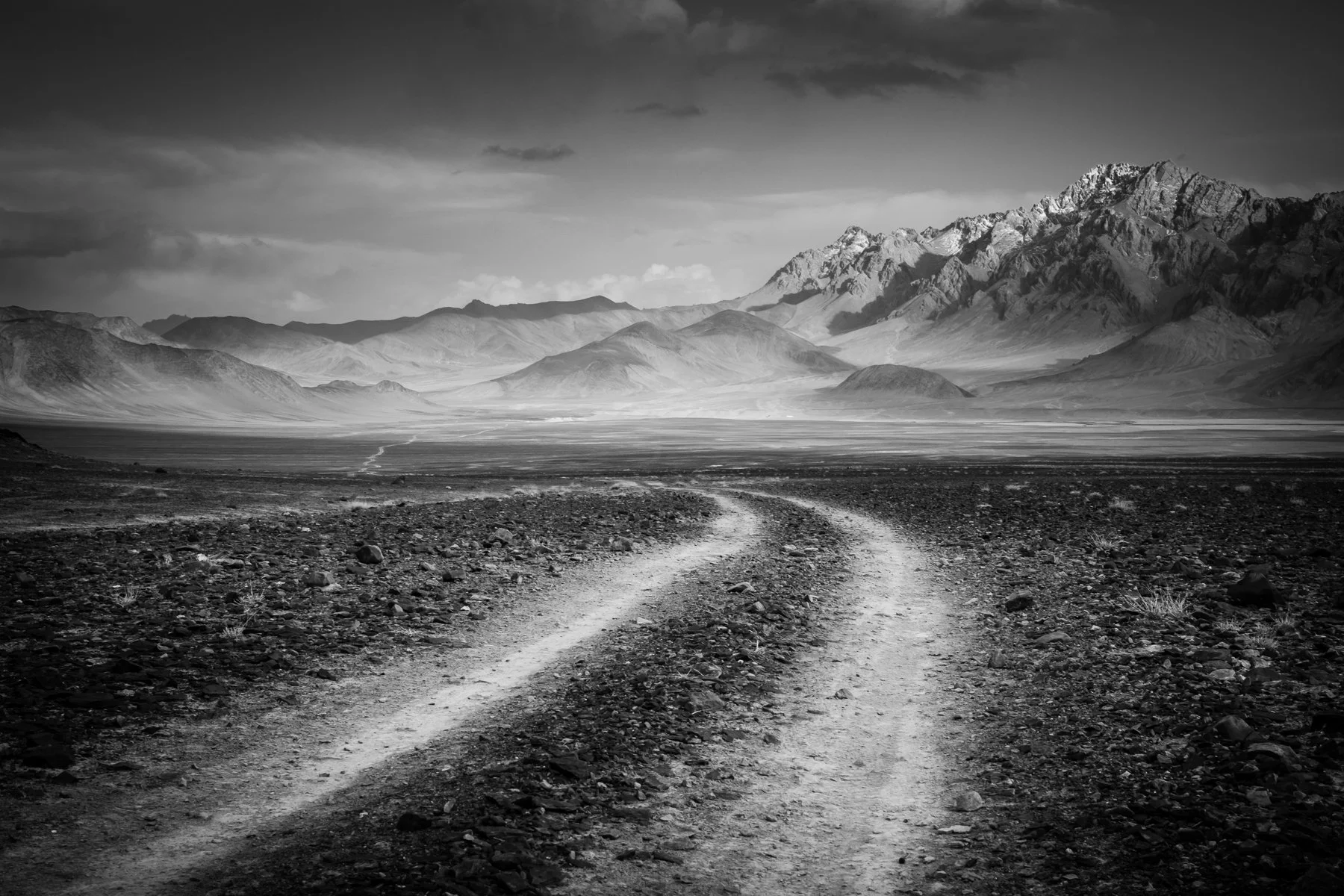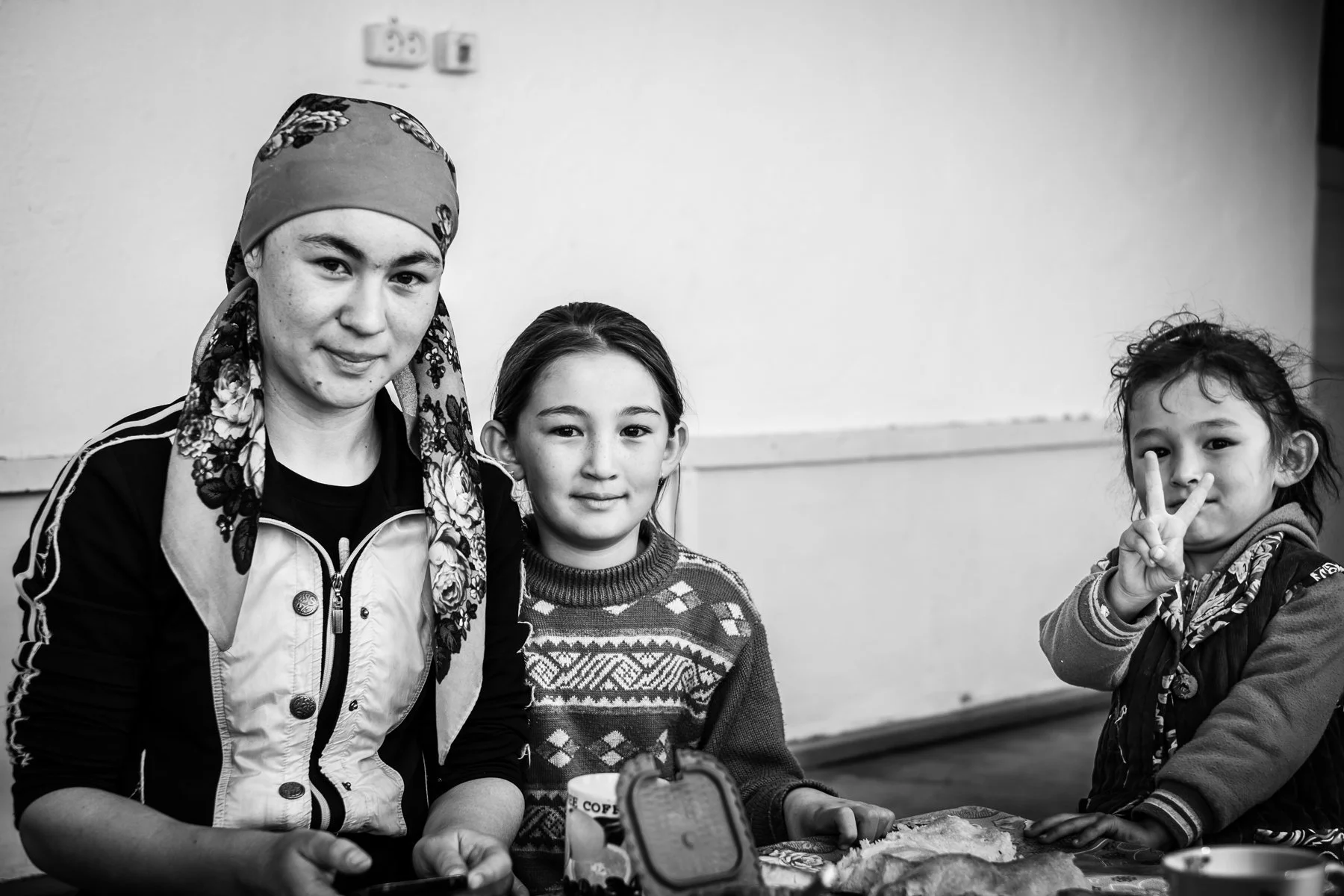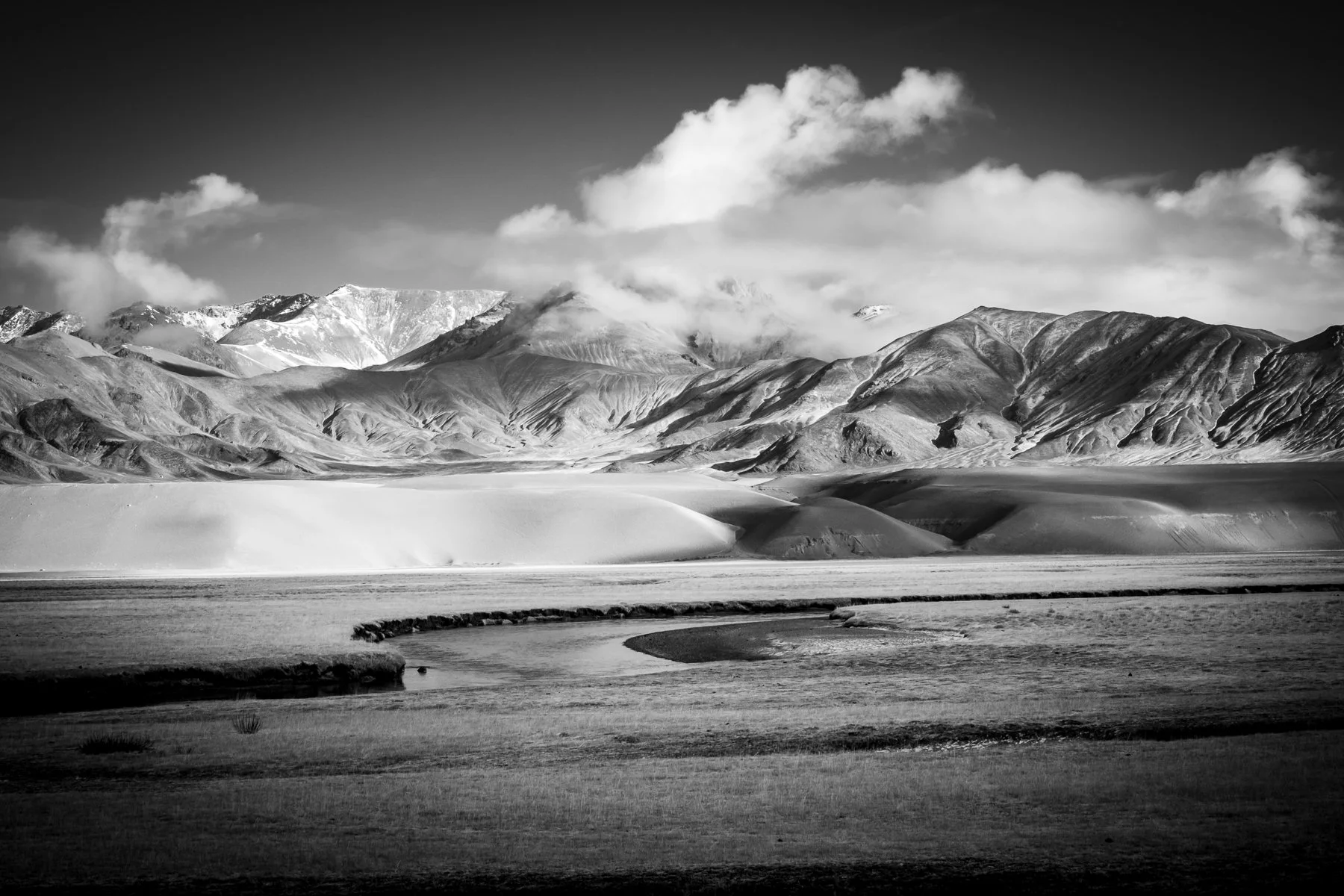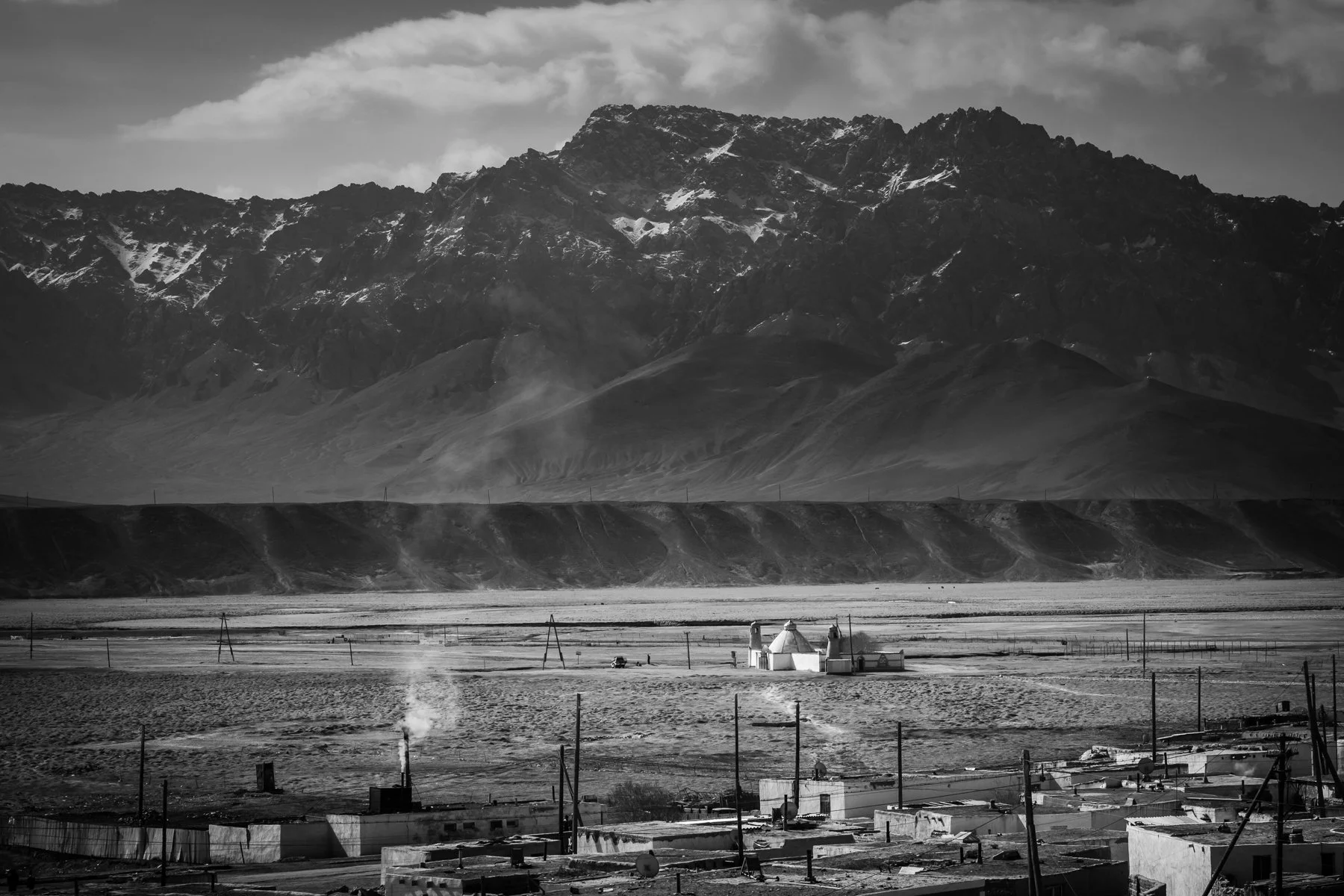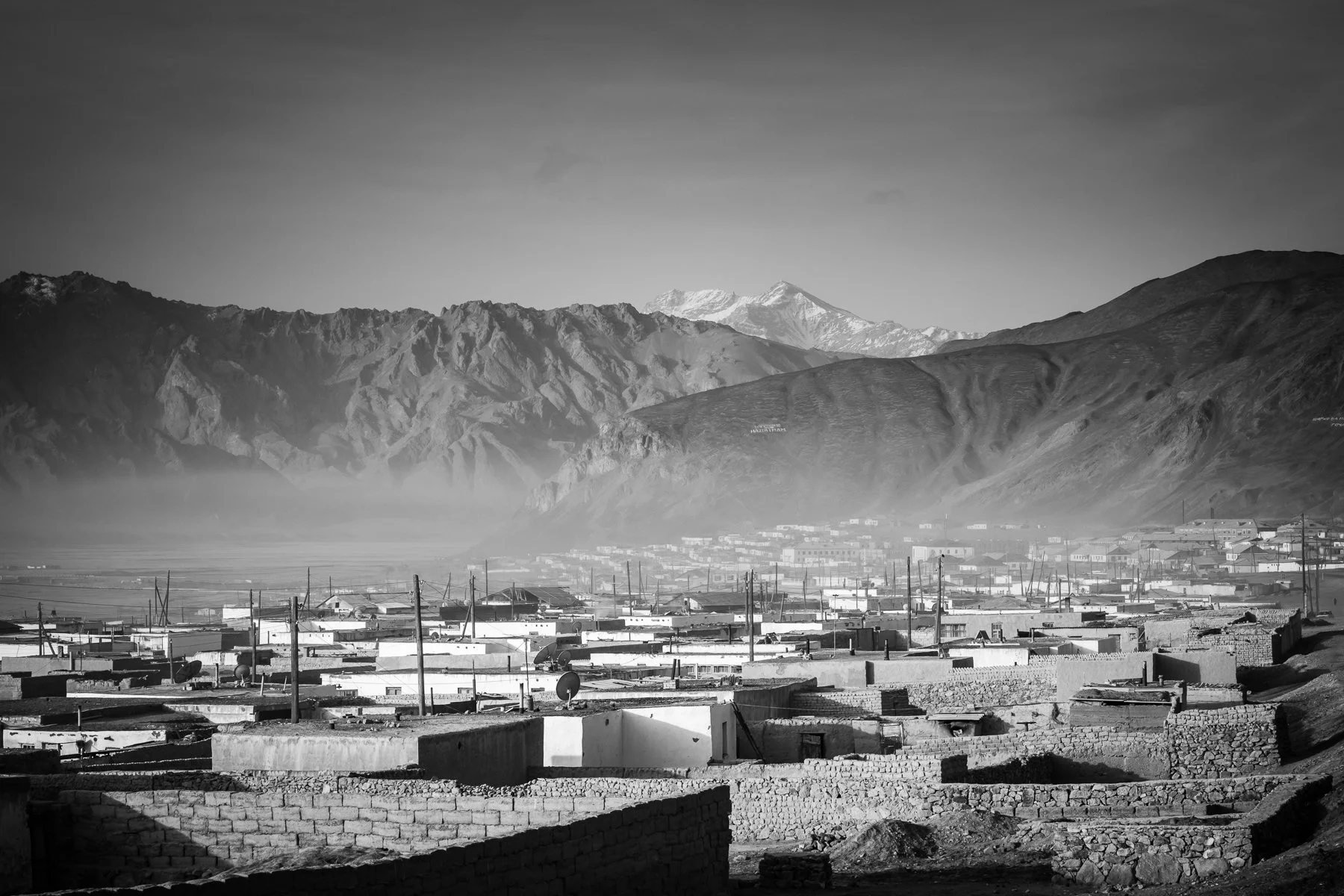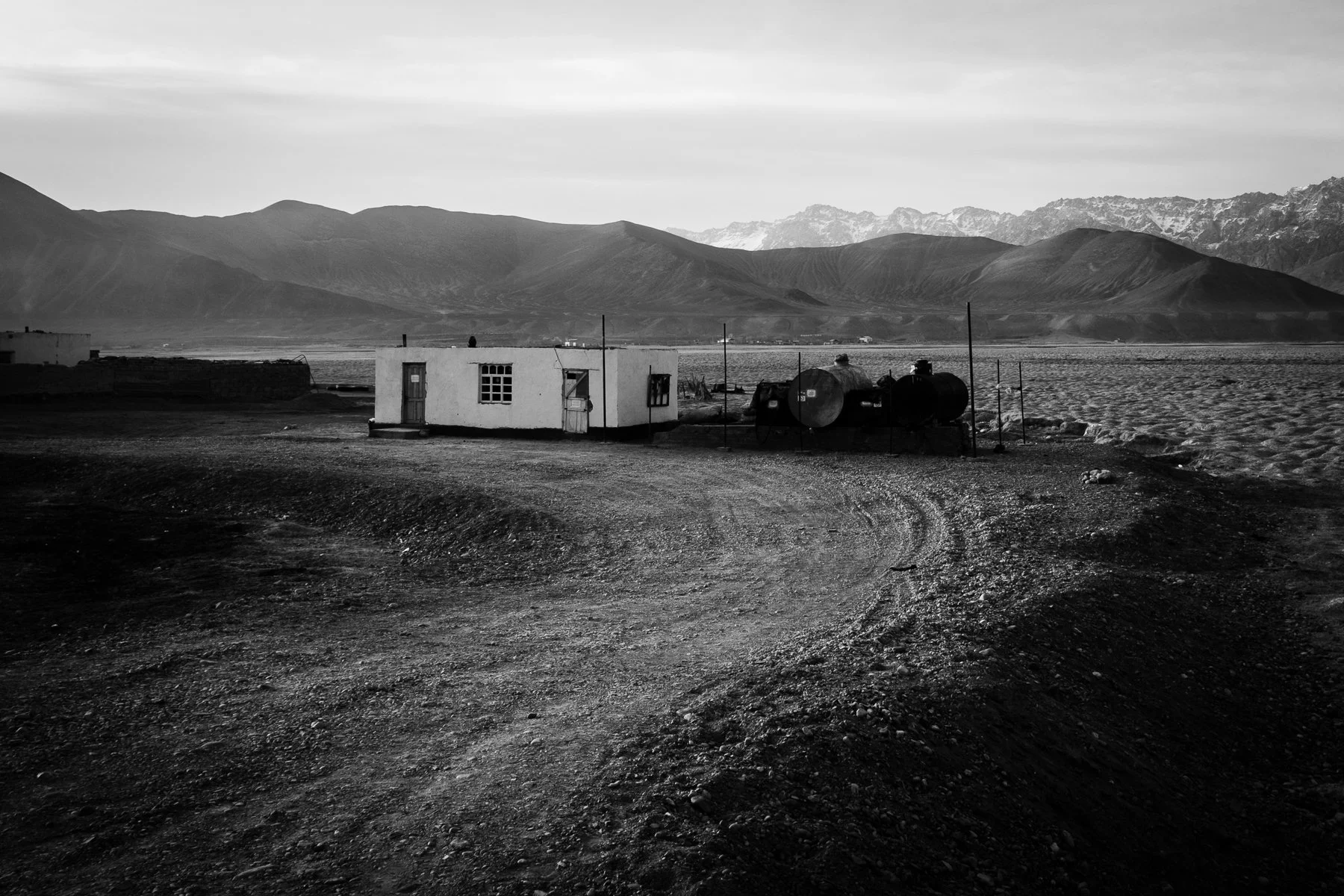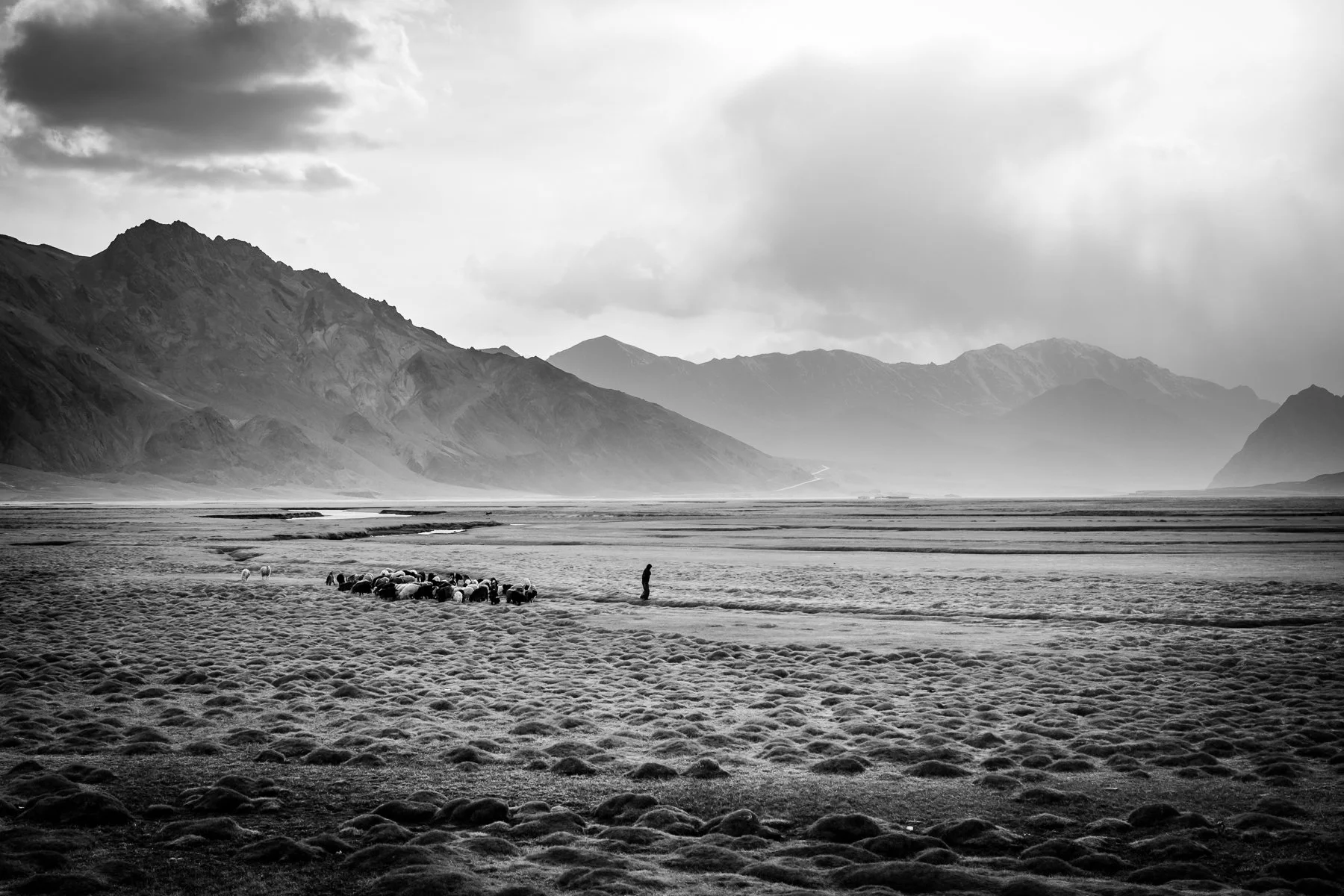Tajikistan, a landlocked country in Central Asia, is a realm of extremes — from arid valleys to some of the highest mountains on Earth. In the eastern part of the country lies the remote region of Gorno-Badakhshan, dominated by the Pamir Mountains, often referred to as “The Roof of the World.” These towering, rugged peaks are not only majestic but also form part of one of the most isolated and harsh environments inhabited by humans.
Threading through this formidable landscape is the legendary Pamir Highway (M41), one of the highest international roads in the world. Built in the Soviet era, the highway is both a lifeline and a passage through time, linking distant communities and offering travelers an unforgettable journey across high-altitude deserts, windswept plateaus, and glacial summits. It is along this historic route that one arrives at Murghab, a city that defies expectations.
Murghab, the highest town in Tajikistan at around 3,650 meters (12,000 feet) above sea level, is more than just a remote settlement — it is a testament to human resilience and adaptability. Originally established as a Russian military post in the late 19th century to secure imperial interests in the region, Murghab later became an important Soviet outpost. Its urban landscape still bears the marks of that era: stark, functional buildings, abandoned factories, and faded murals reflecting ideological pasts. Despite its austere appearance, Murghab pulses with quiet life.
The town is a central hub for the region’s predominantly Kyrgyz population, many of whom maintain semi-nomadic lifestyles, herding yaks and sheep in the surrounding mountains. The local bazaar, modest but vital, reflects the economy of necessity, with supplies brought from distant cities along the harsh and unpredictable roadways. The climate is extreme — bitterly cold winters, intense sun, and powerful winds — shaping the rhythm of daily life. Yet, the people of Murghab embody a strong communal spirit, bound by tradition, survival, and the unforgiving beauty of their surroundings.
Photographing Murghab means capturing not only the raw grandeur of the Pamirs but also the enduring spirit of its inhabitants — a fragile balance between the weight of history, the force of nature, and the quiet dignity of life lived on the edge of the world.
